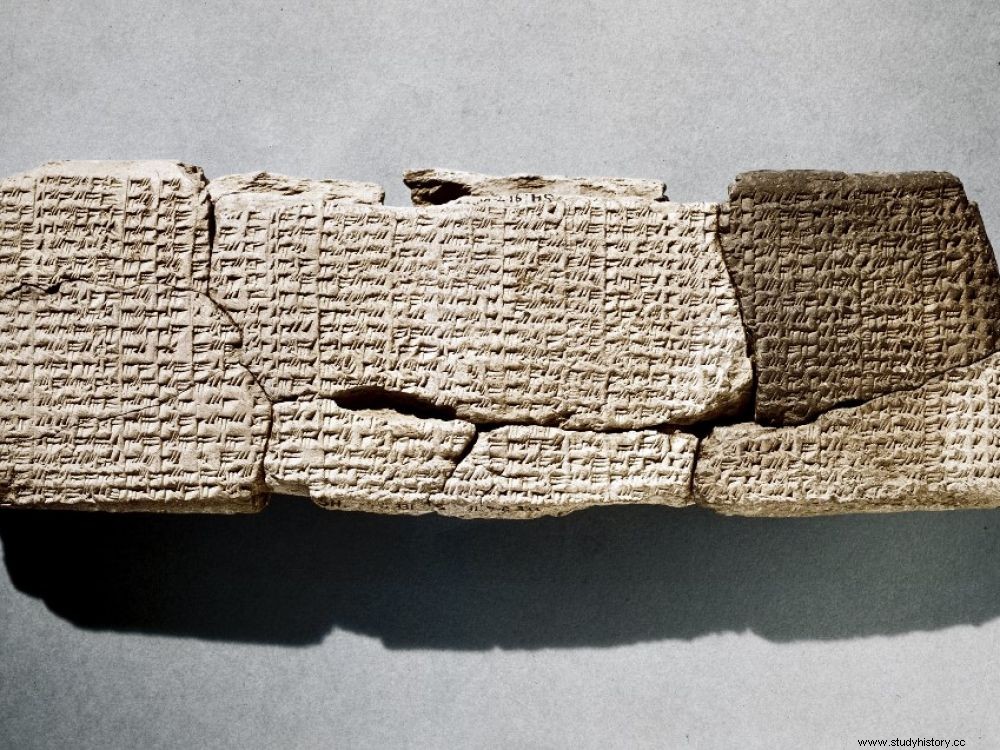When artificial intelligence (AI) makes it possible to rediscover ancient historical treasures. Israeli researchers were able to piece together Babylonian writings marked on clay tablets using a deep learning model.

Reconstructing illegible writings on clay tablets is now possible thanks to "deep learning", this branch of artificial intelligence.
Hundreds of thousands of clay tablets have been found in Mesopotamia. This does not mean that their engraved texts are accessible to us:much of the inscriptions have been damaged over the centuries, leaving them unreadable...until today. In a study published on 1 st September 2020 in PNAS, scientists specializing in AI and archeology explain how they managed to unearth administrative texts written in Akkadian cuneiform during the Babylonian civilization of the Achaemenid Empire (539 to 331 BC).
A past gradually rediscovered
The identification of unreadable words was made possible by artificial intelligence, specifically one of its forms, deep learning (see below), via a recurrent artificial neural network (RNN). This model has already been tested in the automatic translation of texts:it proceeds by studying the sentences of a corpus of texts to decipher its subtleties; through repetition, the network will refine its understanding of the structure and meaning of this corpus in order to guess the missing words of the original writings.
"Deep learning" or "deep learning" is a process derived from artificial intelligence:it involves making software work by learning, as the neurons of the human brain would do, from shapes and objects already encountered.
The choice of administrative texts is no coincidence:these documents have a rigorous and similar structure, which makes them more easily parsable by the deep learning model. Thus, a corpus composed of 1,400 "transliterated" texts, that is to say transposed from the original version in cuneiform to the version translated into Latin script, was analyzed by the deep learning model.
During the study, the model was notably tested on 52 multiple-choice questions, which the scientists had taken from the texts of the tablets. Each time, the objective for the AI was to find the missing word of the 52 sentences among four choices. He made the right choice 88.5% of the time. The researchers consider that their "model was, as expected, good at recognizing sentence structure" . More surprisingly, it was also "in detecting the meaning of sentences" , can we read in the study.
A time saver
While deep learning models perform well for current Latin scripts, the same is not true for scripts with more complex forms such as Arabic or those with few digital records available, such as Akkadian. For researchers, the enriched databases will make it possible in the future to complete texts from different more complex literary genres, such as science or literature.
The RNN could facilitate the work of historians, researchers or students on the Achaemenid Empire. This is the objective that the authors set themselves by integrating their model into Atrahasis , a useful digital tool for the restoration of deteriorated cuneiform texts.
